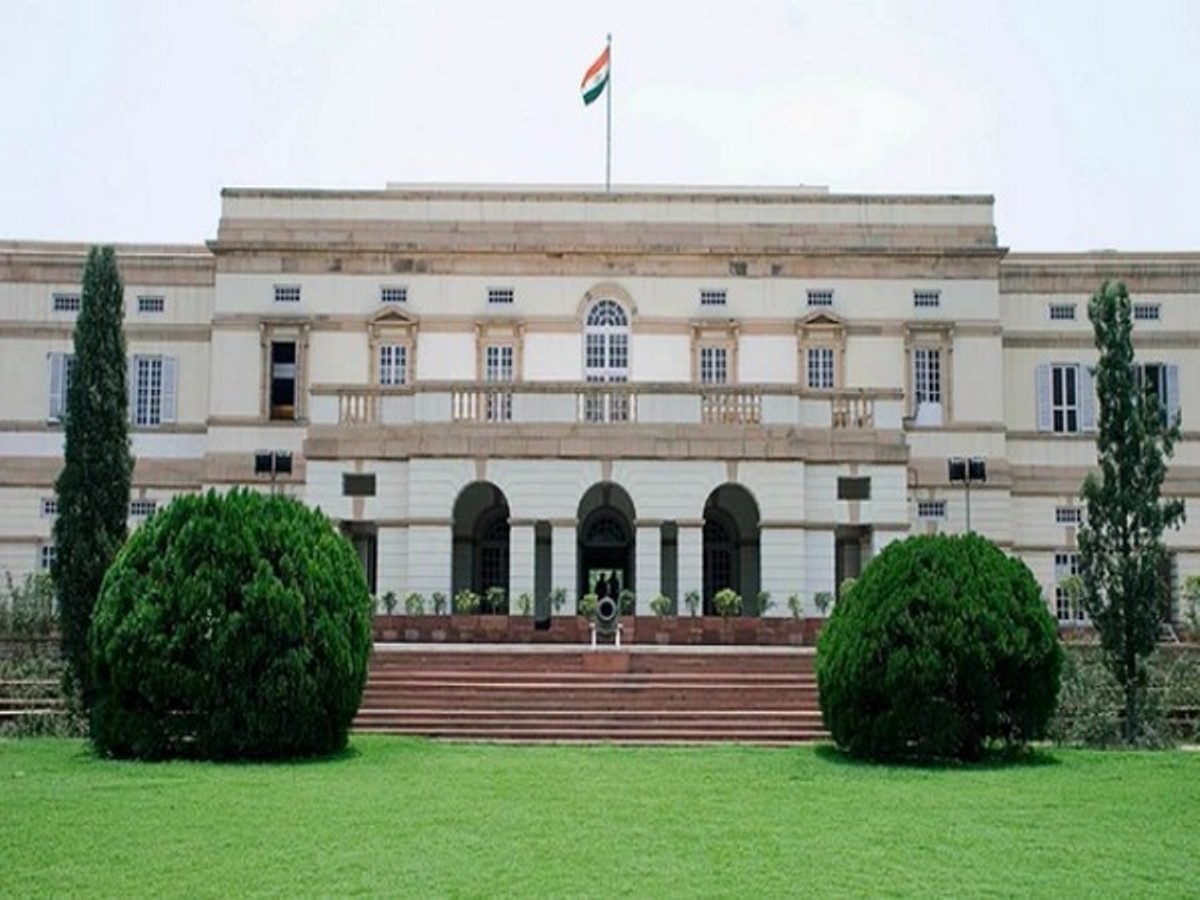Description

Disclaimer: Copyright infringement not intended.
Context
- The Nehru Memorial Museum and Library (NMML) has officially been renamed the Prime Ministers' Museum and Library Society recently.
Details
- "Nehru Memorial Museum and Library (NMML) is now Prime Ministers Museum and Library (PMML) Society w.e.f August 14, 2023- in tune with the democratisation and diversification of the remit of the society.
Prime Ministers’ Museum and Library Society
- It is dedicated to the memory of all the Prime Ministers of India.
- It is an autonomous institution under the Ministry of Culture, Government of India
- It was originally Nehru Museum building which was renovated and updated with various technological display.
- It is situated in Teen Murti Premises, New Delhi.
- By highlighting the contributions and activities of each PM of India to nation building, this museum shows the democratic traditions of independent India.
- PMML is dedicated to the objective of promoting advanced research on Modern and Contemporary India.
- In August 1948, subsequent to the departure of the final British Commander-in-Chief, Teen Murti House assumed the role of the official residence for India's first Prime Minister following independence, Jawaharlal Nehru. He resided here for a span of sixteen years until his demise on May 27, 1964.
- On the occasion of Jawaharlal Nehru's 75th birth anniversary on November 14, 1964, Dr. Sarvapalli Radhakrishnan, the President of India, formally bestowed the Teen Murti House to the nation. This event marked the inauguration of the Nehru Memorial Museum.
- The Government took a significant step on April 1, 1966, by establishing the Prime Ministers Museum and Library (PMML) Society, entrusted with the responsibility of overseeing the institution.
History of Nehru Memorial Museum and Library
- Established in the memory of Jawaharlal Nehru, this institute is situated to the south of Rashtrapati Bhawan in New Delhi.
- This autonomous institution under the Ministry of Culture was built in 1929-30

Conclusion
Renaming institutions is a practice with both potential benefits and challenges. It can reflect evolving values, encourage inclusivity, and better align institutions with their missions.
|
PRACTICE QUESTION
Q.The renaming of institutions is a multifaceted process that often signifies shifts in vision, objectives, or ideological orientations. Critically analyze? (250 Words)
|
https://www.deccanherald.com/india/change-in-name-of-nmml-to-prime-ministers-museum-and-library-comes-into-effect-official-2648735















